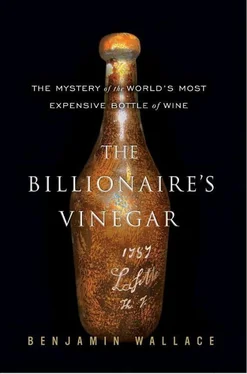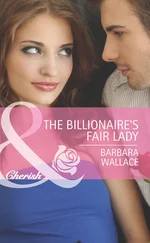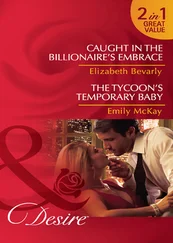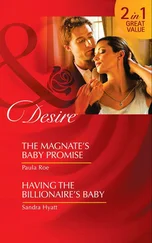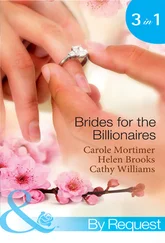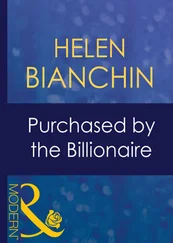Whether or not Rodenstock was the seller of that particular batch, he, too, became known for his large-format Pétrus bottlings. When questioned about them, the German said he’d bought the wine from an English cellar. This assertion was itself later challenged as improbable, since England wasn’t a traditional market for Pomerols, although Wine Spectator reporter James Suckling, a regular at Rodenstock’s tastings, vaguely reported the existence of old merchants’ catalogs showing that Bordeaux, including Pétrus, was being offered in large formats even in the 1920s and 1930s. Rodenstock argued that all the skeptics were motivated by jealousy, that they lacked sufficient experience with pre-phylloxera wines to know how they should taste, and that in the past wines were much less uniform, coming from barrels, not bottles.
He was particularly annoyed by the argument that his old Pétrus big bottles must be fake because Pétrus hadn’t made any large-format bottlings before the Second World War. He chalked such “stupid assertion[s]” up to “would-be connoisseurs… Such a nonsense is unfortunately also spread by the château owners although they have no more documents in their archives. Wine has always been filled into big bottles and every other declaration is pure nonsense!… It’s ridiculous that despite such pieces of evidence some idiots still pretend that wine hasn’t been filled into big bottles in former times.”
Ralf Frenzel, on the subject of big bottles, struck a metaphysical note. On the day when he had opened the 1787 Mouton at Mouton, while everyone else was eating lunch upstairs, Frenzel went into the cellar with Raoul Blondin, and watched as the cellarmaster poured two bottles of Mouton 1926 into one magnum bottle, thereby creating a magnum of 1926 Mouton. “So the question is,” Frenzel said later, “what is a real magnum?”
Rodenstock’s bottles continued to draw questions. At a December 1989 Latour vertical at the restaurants Patina and Michael’s, in Los Angeles, three pre-phylloxera vintages struck several knowledgeable collectors as suspect. Four experienced tasters thought some older vintages were fake, while Harry Waugh was ambivalent and the bottles were defended by Belgian collector Frans de Cock, a major customer of Rodenstock’s who was a laminate-flooring tycoon. (With the very largest collections, a loosely inverse correlation often obtains between the size of the collection and the glamour of the collector’s profession.)
The tasting notes of Givton, a Canadian, are illustrative. Of the 1865, he wrote, “Round, fruity, not unlike a younger Ausone rather than an old Latour. Some tobacco. Nice finish but artificially sweet. Unusual.” About the 1870 he was more blunt: “Impressive dark color. Coffee or chocolate liqueur, and fresh wine on the nose. A fake.” Likewise the 1874: “Toasty, fresh Cabernet Franc nose mixed with crème de cacao liqueur. Didn’t taste at all like Latour or any other claret. Described by someone as ‘young Mondavi cabernet and coffee or chocolate liqueur.’ Obviously a doctored wine.” Another taster likened it to “a Rolex bought in Hong Kong.” Alan Hare, chairman of the château, told the room: “This is fake.” Geoffrey Troy, de facto cork inspector, examined the 1865 stopper and found that it, too, seemed to have received identical treatment to the earlier Pichon and Mouton corks that he deemed fake. He assumed this bottle came from the same source.
Crème de cacao… coffee liqueur… Baskin-Robbins! This was a departure from the old relabeling or revintaging or topping up of real wine. The known universe of the fake had expanded to include bottles filled with liquids not derived from grapes. While the Los Angeles collectors continued to hold private tastings among themselves, and Desai kept organizing smaller commercial tastings, the grander events came to an end. The string of incidents with suspicious bottles had demoralized them and shaken the soundness of the rare-wine market. In nearly every case the wines could be traced back to Rodenstock, though his name was rarely mentioned in published complaints about the problem. Instead, observers made defamation-proof comments such as noting that the corks in all the questionable wines were similar to one another, and different from the standard corks to be expected in each wine. “What are we to conclude from all this?” wrote Ed Lazarus in Rarities . “Sadly, that a person or people have been engaged in the creation and marketing of fraudulent bottles of what purports to be unadulterated rare old wine, and further, that there is big money to be made from such activity.”
Lazarus went on to say that the best bet for guaranteeing an authentic old bottle was to make sure that it was either a never-recorked specimen from an English or Scottish castle, a bottle straight from the cellar of a Bordeaux château, or a bottle with some other transparent, unimpeachable provenance. Meanwhile, several leading châteaux, including Latour and the Domaine de la Romanée-Conti (DRC), enacted stricter recorking policies. The DRC stopped recorking altogether. Lafite, Margaux, Mouton, and Pétrus determined they would only recork bottles with the original corks and capsules, and in which the wine was authentic and unspoiled.
Troy, more cynically, laid out a recipe for how to fake old bottles of wine:
1. Find an empty bottle of an old vintage of Bordeaux. It should preferably be pre-Phylloxera as these vintages are worth a great deal of money and relatively few people know what they should taste like. The bottle should have an original label in good condition, if possible, because this adds greatly to the value of rare old wines.
2. Fill the bottle with a carefully made combination of young Bordeaux, Rhône, Beaujolais, Crème de Cacao, etc. Use your imagination to make a good blend!
3. Remove the cork from a bottle of young wine of the same château as the empty bottle you plan to recork. Do not use a conventional corkscrew, as that will ruin the cork, however an Ah-So cork puller that has the two prongs that slide down the side of the cork would work fine. It is very unlikely to damage the cork.
4. Carefully sand the vintage date off the cork.
5. Brand the correct “new” date on the cork to match the label of the old bottle being recorked.
6. Recork and recapsule.
“Now you have a beautiful bottle of rare old claret,” Troy concluded, “and you can make your haul as soon as an unsuspecting collector can be found who will purchase your fake bottle!”
AS RODENSTOCK’S CREDIBILITY was being widely debated in the rare-wine scene, Broadbent defended the German, saying that the tasting notes Givton had adduced as evidence of fraud were consistent with his own notes on bottles that had not come from Rodenstock. In essence, Broadbent argued that since no two old bottles are the same, just about anything is possible. While he conceded the paucity of affirmative evidence of prewar large-format Pétrus bottlings—no Pétrus bottles of any size, in fact, had appeared at Christie’s before 1940—the auctioneer said that he had shown the large-format labels to a British Library expert on paper and print, who had deemed them authentic. And he said that he had found some prewar large-format Pétrus he had drunk, courtesy of Rodenstock, to be believably old. He allowed that “one or two” bottles at Rodenstock’s annual event tasted “too good to be true,” but noted that even wines with impeccable provenance (such as the Glamis Castle 1870 Lafite) could seem so young and fresh as to induce skepticism. He likened the evidence against Rodenstock’s bottles to that in favor of airplane parts believed to come from Amelia Earhart’s plane; there might not be proof that they were the real thing, but there wasn’t proof that they weren’t, either.
Читать дальше
